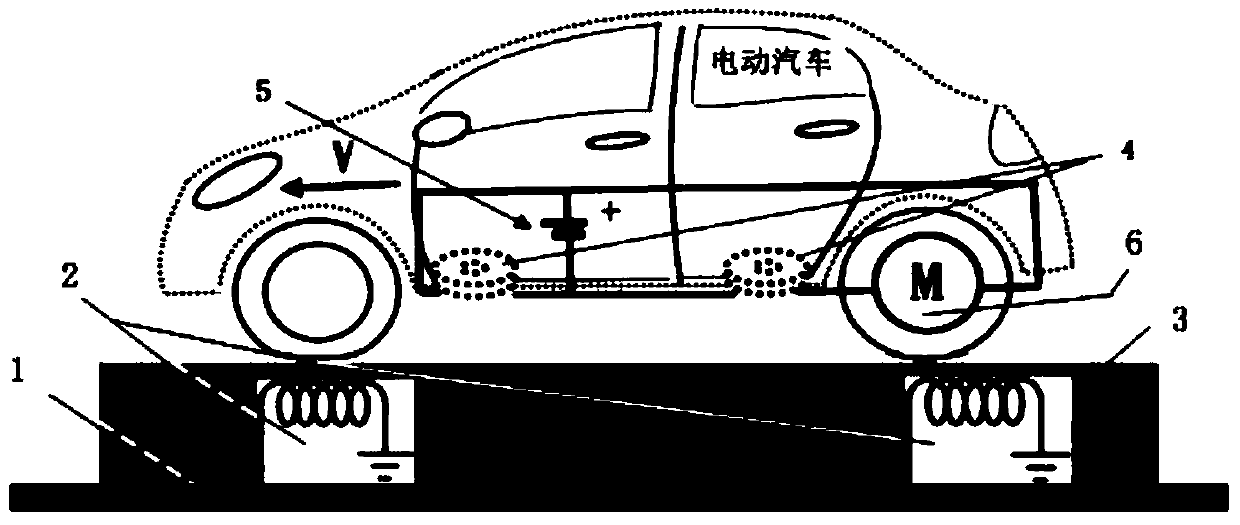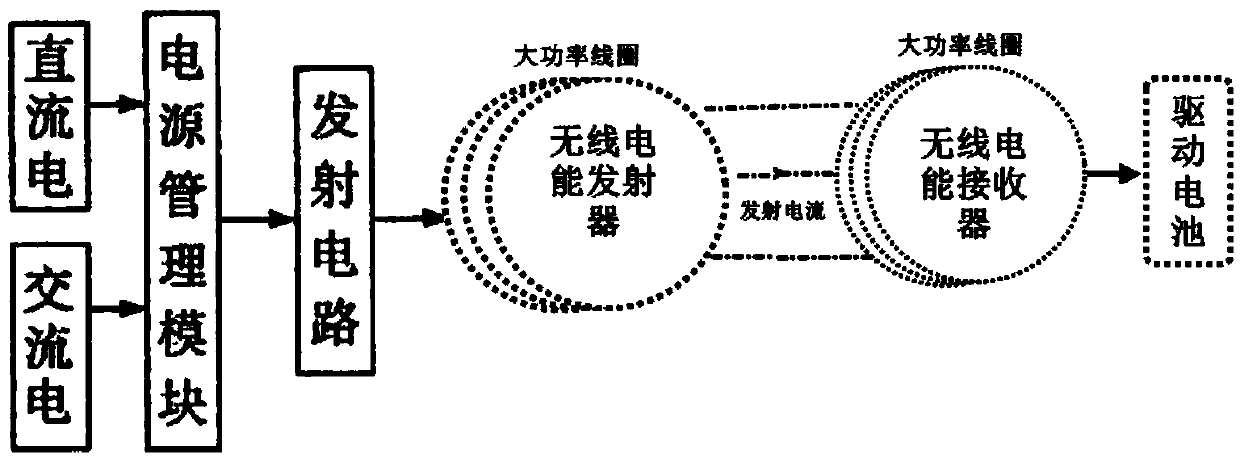City lane realizing charging during driving of electric automobile
A charging technology for electric vehicles, which is applied to electric vehicles, battery circuit devices, collectors, etc., can solve the problem that electric vehicles cannot be charged while driving, and achieve the effect of alleviating the shortage of power batteries and promoting popularization and application
- Summary
- Abstract
- Description
- Claims
- Application Information
AI Technical Summary
Benefits of technology
Problems solved by technology
Method used
Image
Examples
Embodiment Construction
[0024] In November 1914, China's first trolleybus (tram with braids) line opened in Shanghai, and it has been driving calmly for nearly a century. Statistics show that the Shanghai trolleybus system reached its peak in 1994. At that time, there were more than 20 tram lines and 986 operating vehicles, and the passenger capacity accounted for more than 30% of the total bus passenger traffic in the urban area. Its operating scale once ranked first in Asia and third in the world. Initially, rail transit construction was carried out in the concession. In July 1881, Jardine Matheson Co., Ltd., a British merchant in Shanghai, proposed to the Board of Directors of the French Concession to start a tram business. The concession authorities believed that although the tramway had a large investment in track laying and wiring, given its low running cost, large passenger capacity, and stable and comfortable ride Advantages, decided to adopt, and began to study. In March 1898, the Board of Di
PUM
 Login to view more
Login to view more Abstract
Description
Claims
Application Information
 Login to view more
Login to view more - R&D Engineer
- R&D Manager
- IP Professional
- Industry Leading Data Capabilities
- Powerful AI technology
- Patent DNA Extraction
Browse by: Latest US Patents, China's latest patents, Technical Efficacy Thesaurus, Application Domain, Technology Topic.
© 2024 PatSnap. All rights reserved.Legal|Privacy policy|Modern Slavery Act Transparency Statement|Sitemap



